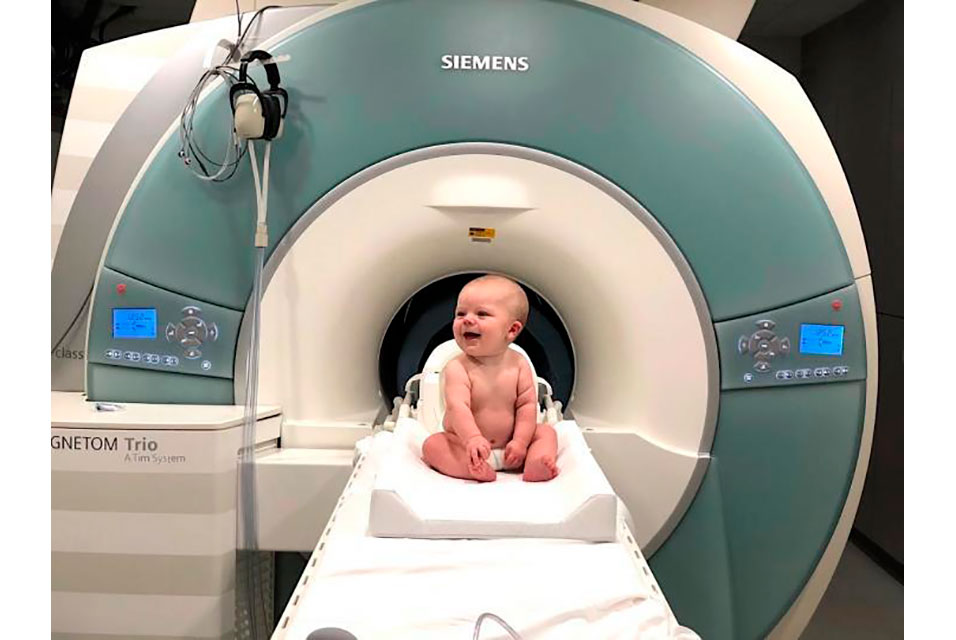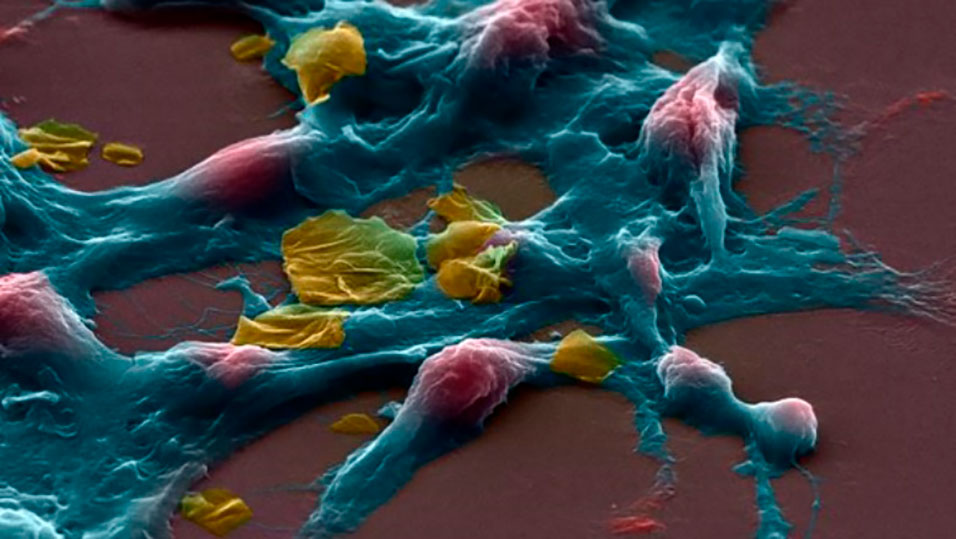LONDON.- Researchers from the
School of Biomedical Engineering & Imaging Sciences have identified the brain activity for the first time in a newborn baby when they are learning an association between different types of sensory experiences. Using advanced MRI scanning techniques and robotics, the researchers found that a baby’s brain activity can be changed through these associations, shedding new light on the possibility of rehabilitating babies with injured brains and promoting the development of life-long skills such as speech, language and movement.
Published in Cerebral Cortex, the researcher builds on the fact that learning associations is a very important part of babies' development but the activity inside the brain that was responsible for learning these associations was unknown and unstudied.
Lead researcher, Dr Tomoki Arichi said it is the first time it has been shown that babies’ brain activity can be altered through associative learning – and in particular, brain responses become associated with particular stimuli, in this case, sound.
“We also found that when a baby is learning, it actually is activating lots of different parts of the brain, so it is starting to incorporate the ‘wider network’ inside the brain which is important for processing activity,” he said.
A total of 24 infants were studied by playing them a sound of a jingling bell for six seconds, coupled with a gentle movement induced by a custom-made 3D printed robot strapped to their right hand.
During this time, the resulting brain activity was measured using functional MRI (fMRI). After 20 minutes of learning an association between the two types of stimuli, the babies then just heard the sound on its own and the resulting brain activity was compared to that seen before the period of learning.
Dr Arichi said not only do the results provide new information about what is happening inside the normal baby brain when it is learning, but also have implications for the injured brain.
If a baby was not capable of processing movement, or movement is not associated with normal activity inside the brain (such might be the case in a baby with cerebral palsy), clinicians could then be able to induce that activity by learning an association with sound, and using the sound simulation to try and amplify and rehabilitate their movement.
“With our findings it raises the possibility of trying to do something to help with that through targeted stimulation and learning associations,” Dr Arichi said.
"It is possible to induce activity inside the part of the brain that normally processes movement, for instance, just by using a single sound. This could be used in conjunction with rehabilitation or to try and help guide brain development early in life." – Dr Tomoki Arichi
When babies are born, they have a new sensory experience around them that is completely different to what they would have been experiencing inside the womb.
They must then start to quickly understand their environment and the relationships between different things happening, which is even more important in babies that have injuries to their brain.
The researchers sought to understand how babies start to learn these key relationships between different kinds of sensory experiences and how this then contributes to the early stages of overall brain development.
"A baby's brain is constantly learning associations and changing its activity all the time so that it can respond to the new experiences that are around it,” Dr Arichi said.
“In terms of influencing patients and interpreting it in a wider context, what it means is that we should be thinking about how we could help with disorders of brain development from a very early stage in life because we know that experience is constantly shaping the newborn brain’s activity.”










